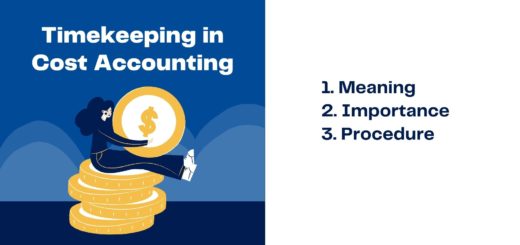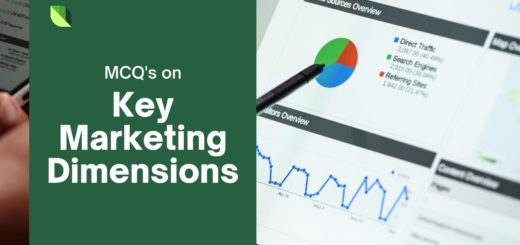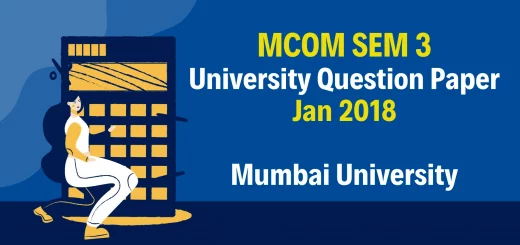50+ MCQ’s Emerging Concepts of Cost Accounting | (Free Resource)
31. Which one of the following is a collection of overhead costs related to a cost object?
(a) Cost pool
(b) Cost driver
(c) Cost object
(d) Cost allocation
32. In activity-based costing, final cost allocations assign costs to
(a) departments
(b) processes
(c) products
(d) activities
33. Activity rates are determined by
(a) dividing the actual cost for each activity pool by the actual activity base for that pool
(b) dividing the cost budgeted for each activity pool by the estimated activity base for that pool
(c) dividing the actual cost for each activity pool by the estimated activity base for that pool
(d) dividing the cost budgeted for each activity pool by the actual activity base in that pool
34. Providing the power required to run production equipment is an example of a
(a) Unit-level activity
(b) Batch-level activity
(c) Product-level activity
(d) Organization-sustaining activity
35. The following tasks are associated with an activity-based costing system:
(1) Calculation of cost application rates
(2) Identification of cost drivers
(3) Assignment of cost to products
(4) Identification of cost pools
Which of the following choices correctly expresses the proper order of the preceding tasks?
(a) 1, 2, 3, 4
(b) 2, 4, 1, 3
(c) 3, 4, 2, 1
(d) 4, 2, 1, 3
(e) 4, 2, 3, 1
36.Which of the following is not a broad, cost classification category typically used in activity-based costing?
(a) Unit-level
(b) Batch-level
(c) Product-sustaining level
(d) Facility-level
(e) Management-level
37. In an activity-based costing system, direct materials used would typically be classified as a
(a) unit-level cost
(b) batch-level cost
(c) product-sustaining cost
(d) facility-level cost
38. In an activity-based costing system, materials receiving would typically be classified as a
(a) unit-level activity
(b) batch-level activity
(c) product-sustaining activity
(d) facility-level activity
39.The salaries of a manufacturing plant’s management are said to arise from
(a) unit-level activities
(b) batch-level activities
(c) product-sustaining activities
(d) facility-level activities
40. An activity that has a direct cause-effect relationship with the resources consumed is a (n)
(a) cost driver
(b) overhead rate
(c) cost pool
(d) product activity
| Answer: 31)Cost pool 32)products 33)dividing the cost budgeted for each activity pool by the estimated activity base for that pool 34)Unit-level activity 35)4, 2, 1, 3 36)Management-level 37)unit-level cost 38)batch-level activity 39)facility-level activities 40)cost driver |


